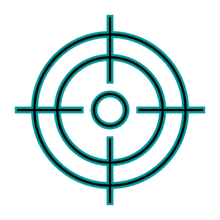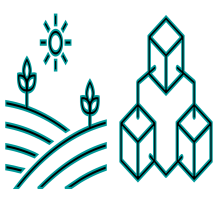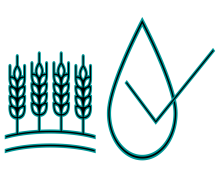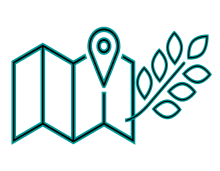
Objectives
The main objective of the RIL Water productivity is the development and demonstration of a service prototype for the early detection of drought stress, and the provision of recommendations for optimal irrigation regimes.

Technology / Methodology
- Fusion of information from sensors with high temporal (soil probes, weather stations) and high spatial resolution (remote sensing imagers) to assess crop health and provide recommendations on optimal irrigation to avoid drought stress.
- Combination of high spatial resolution data from airborne spectral/thermal imagers with available satellite data (e.g. Sentinel-2) to improve temporal resolution.
- Data sharing and model transferability between two distant regions (Latvia and Israel)
- Service prototype through the digital twin concept, combined with data fusion models from different data sources for early prediction and detection of drought-caused stress in target crops.

Expected outcome
- Innovative predictive methodologies for water stress based on the fusion of different data sources. (TRL 2 - 4)
- Data sharing, an adaptation of concepts/methodologies and implementation based on two very distinct agroclimatic zones over Europe, for 2 consecutive years.
- Service prototype validation and demonstration (TRL 4 - 6). Application of these methodologies in a real agricultural environment in collaboration with potential end-users.
- Benefits for farmers, reduction of water usage by at least 20% and increased yield by at least 20%.

Partners
Lab partners:
- Institute for Environmental Solutions (Latvia)
- MIGAL Galilee Research Institute (Israel)
Technology providers:
- DHI
- VITO
- LUKE

Application area
Target crops:
- Peppermint (Mentha x piperita)
- Quinoa (Chenopodium quinoa)
Target areas:
- Latvia
- Israel
